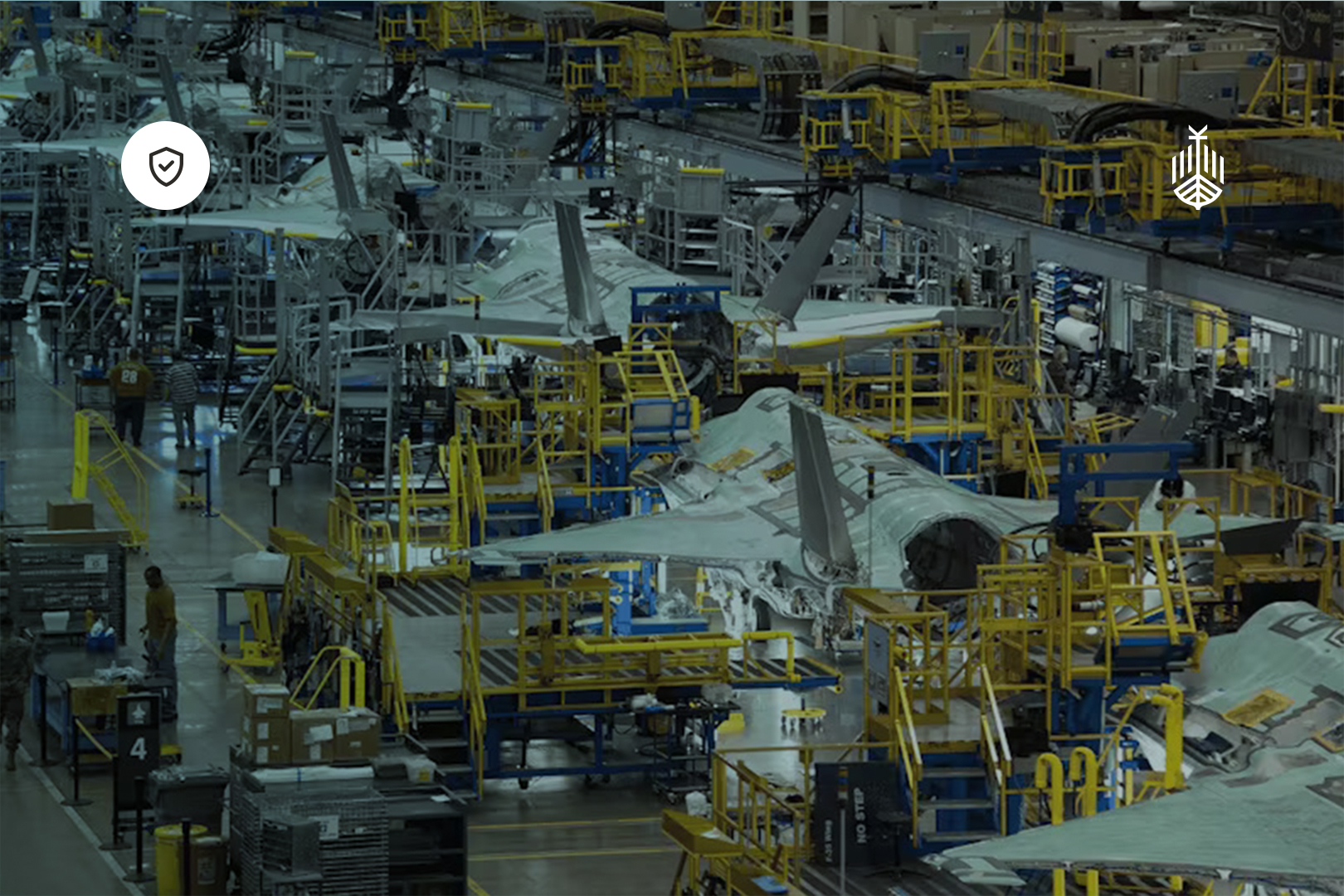Robotic medical devices have revolutionised the field of surgery in recent decades, enabling doctors to perform minimally invasive procedures with greater precision and accuracy than traditional techniques. The use of robotic surgical systems has expanded to a wide range of surgical specialties, including Orthopaedics, Urology, Cardiac, General, Hepatobiliary, Gynaecological and Neurosurgery.
Evolution of robotic surgery
The history of medical robotics dates back to the 1980s, when the first surgical robot, PUMA 560, was developed by Victor Scheinman, a robotics engineer at Stanford University. The PUMA 560 was used to perform neurosurgical biopsies, and its success led to the development of other robotic surgical systems, such as the da Vinci Surgical System, which was FDA-approved for use in urological procedures in 2000.
The da Vinci Surgical System is one of the most widely used robotic surgical systems, and it is used in a variety of surgical procedures, including prostatectomies, hysterectomies, and cholecystectomies. The system consists of a surgeon's console, a patient-side cart with four robotic arms, and a high-definition 3D vision system. The surgeon operates the system from the console, manipulating the robotic arms to perform precise, minimally invasive procedures.
Types of robot-assisted surgery
Examples of the surgeries enabled by Robotic Assisted Surgery (RAS) in different specialties are:
Cardiac Surgery
Coronary artery bypass surgery and mitral valve repairs.
Hepatobiliary Surgery
Liver resections, gallbladder removals, and other procedures.
Gynaecological Surgery
Hysterectomies and myomectomies.
General Surgery
Hernia repairs and colorectal surgeries.
Neurosurgery
Minimally invasive procedures where surrounding brain tissue less affected, preserving function.
Urology
Prostatectomies and cystectomies.
Othopaedics
Other robotic surgical systems include the MAKOplasty system, which is used in orthopaedic surgery, specifically knee and hip replacements. The system uses a robotic arm and a 3D virtual model of the patient's joint to assist the surgeon in placing the implant with greater accuracy and precision, as well as reducing soft tissue exposure and saw excursion.
Benefits of RAS versus traditional open or laparoscopic surgery
In general, robotic assisted surgery has several advantages over traditional open surgery, including reduced morbidity, shorter hospital stays, faster recovery times, and improved surgical outcomes. The following are some specific advantages of robotic assisted surgery:
Reduced morbidity
Robotic assisted surgery is minimally invasive, which means that there is less trauma to the body. This leads to reduced morbidity, including less blood loss, fewer complications, reduced pain, and a lower risk of infection.
Shorter hospital stays
Patients who undergo robotic assisted surgery typically have shorter hospital stays compared to those who undergo open surgery. This is because the procedure is less invasive, facilitated enhanced recovery.
Faster recovery times
Because robotic assisted surgery is less invasive, patients tend to recover faster. This means that they can return to their normal activities sooner and experience less disruption to their daily lives.
Improved surgical outcomes
Robotic assisted surgery allows for greater precision and accuracy during the procedure. This can lead to improved surgical outcomes, including fewer complications, better functional outcomes, and a lower risk of recurrence.
Cost savings
Although robotic assisted surgery can be more expensive than traditional open surgery, it can lead to cost savings in the long run. This is because patients tend to have shorter hospital stays, faster recovery times, and fewer complications, which can result in lower overall healthcare costs.

Evidence base
There’s been a growing adoption of robotic assisted surgeries over the past decade and the user experience has been widely published in the academic literature.
According to a study published in the Journal of the American Medical Association, the use of robotic surgery in the United States increased threefold between 2007 and 2014, from 0.5% of all surgeries to 1.5%.
A review of the literature by the European Association of Urology found that robotic surgery for prostate cancer is associated with improved surgical outcomes, including fewer complications and quicker recovery times, compared to traditional open surgery.
A meta analysis in the Bone and Joint Journal compared total hip replacements performed with and without the assistance of robotics and found that component positioning and functional outcomes were improved in the robotic assisted group, although there was no difference in complication rate in the short to mid term.
Challenges of robotic surgeries
Although robotic assisted surgery has many advantages, there are also several challenges and barriers associated with its wider adoption, including:
Capital investment
One of the main barriers to wider adoption of robotic assisted surgery is the cost of the equipment and training. Robotic surgical systems are expensive to purchase and maintain, and the cost of training surgeons and other healthcare professionals to use them is also significant. That said, new robots are entering the market at lower price points.
Ease of access
Another challenge is access to the technology. Robotic surgical systems are not available in all hospitals, and patients in rural areas or low-income communities may not have access to them.
Learning curve
Robotic assisted surgery requires specialised training, and surgeons must become proficient in using the technology before they can perform procedures independently. This learning curve can be steep, and some surgeons may be hesitant to adopt the technology especially if they are competent at performing the procedures through a traditional open approach already.
System integration
Integrating robotic assisted surgery into existing hospital systems and workflows can also be a challenge. This includes ensuring that the technology is compatible with electronic medical records and other systems used in the hospital.
Patient selection
Patient selection is also an important consideration. Not all patients are suitable for robotic assisted surgery, and healthcare professionals must carefully consider which patients will benefit the most from the technology.
Addressing these challenges and barriers will be important in ensuring the wider adoption of robotic assisted surgery and maximising its potential benefits for patients. This includes ongoing research, evaluation of the technology and training programs as well as efforts to make it more accessible and cost-effective.
Robotics in the publicly funded health space like the NHS
In the UK, the National Institute for Health and Care Excellence (NICE) has issued guidance on the use of robotic assisted surgery within the National Health Service (NHS). This guidance recommends that robotic assisted surgery should only be used in specific circumstances, such as when there is evidence to suggest that it is more effective than other forms of surgery, and when the cost is reasonable in relation to the potential benefits.
NICE recommends that the use of robotic assisted surgery should be evaluated on a case-by-case basis, taking into account the clinical and cost-effectiveness of the procedure. In addressing the cost effectiveness of robotic surgery however, and therefore one of the potential barriers, it is important to acknowledge that as time goes on the cost of robots and robotic instruments will decrease due to competition and wider adoption associated economies of scale.
Furthermore, the UK government has established a national program to promote the use of robotic assisted surgery within the NHS. This program provides funding for the purchase of robotic surgical systems and training for healthcare professionals. The aim of the program is to ensure that patients across the UK have access to the most advanced surgical technologies and techniques, while also ensuring that resources are used efficiently and effectively.
Future of robot-assisted surgery
The future of robotic assisted surgery is expected to be characterised by continued innovation and advancement in technology. Some areas that researchers / scientists are currently working on include:
Miniaturisation
In the future, robots could be made smaller and more nimble, allowing them to access and operate in tighter spaces within the body, which would be beneficial for performing surgery on smaller organs.
Improved dexterity
Researchers are working on developing robots that have a greater range of motion and more precise control, which would allow them to perform more complex procedures with greater accuracy.
Intelligent robots
The use of Artificial Intelligence, Machine Learning and Computer Vision could allow robots to perform surgeries autonomously, or with reduced human supervision.
Tele-surgery
The development of 5G and other advanced communication technologies will allow doctors to perform surgeries remotely, which would be particularly beneficial in rural areas or in cases where a specialist is not available such as conflict environments.
Increased affordability
As the technology matures, the cost of robotic surgery is expected to decrease, making it more accessible to a wider range of patients.
Conclusion
The use of robotic medical devices has revolutionised the field of surgery and has led to improved outcomes for patients across a range of surgical specialties. The evolution of medical robotics has been rapid, and the development of new robotic surgical systems continues to push the boundaries of what is possible in minimally invasive surgery. It is expected that the field will continue to evolve and improve, allowing for more efficient, accurate, and less invasive surgical procedures in the future.














